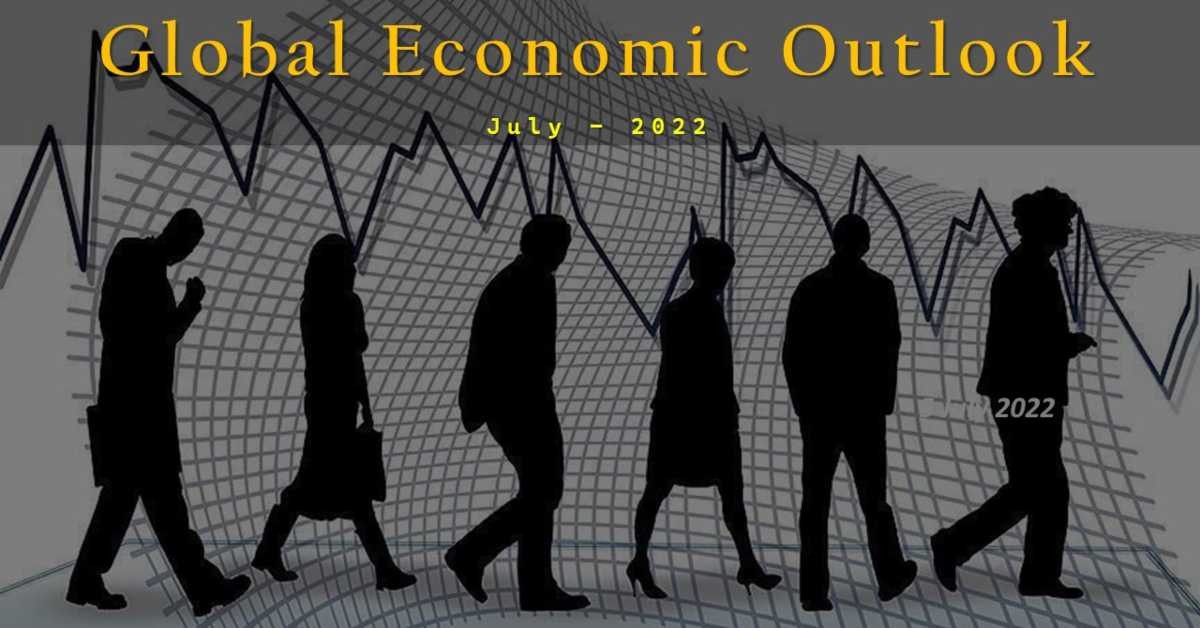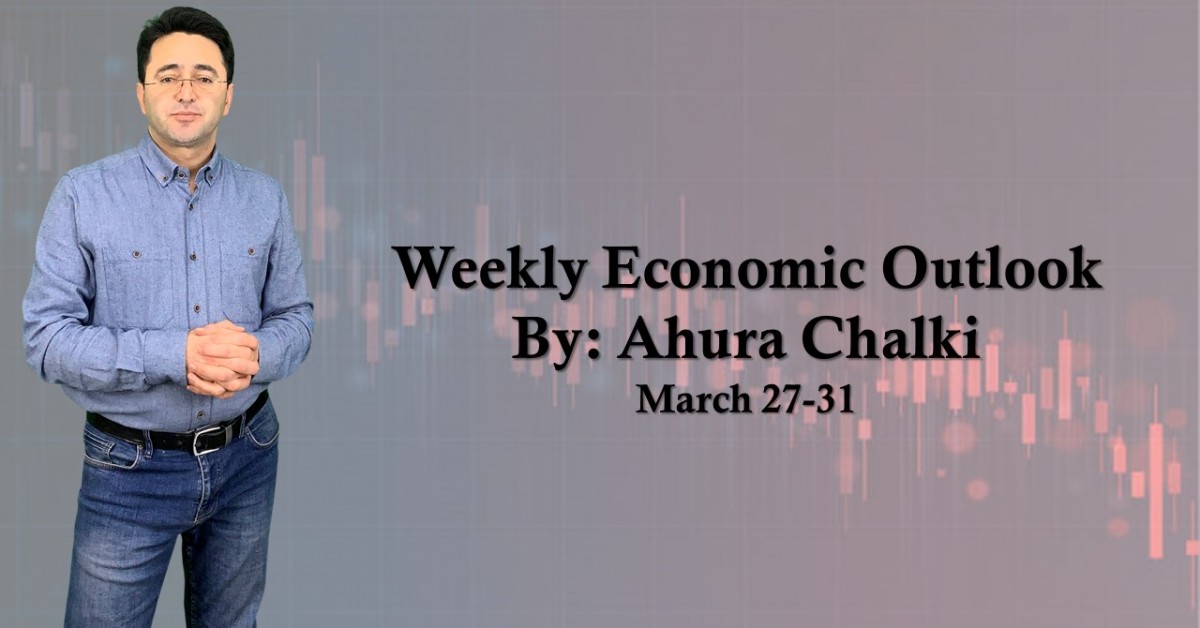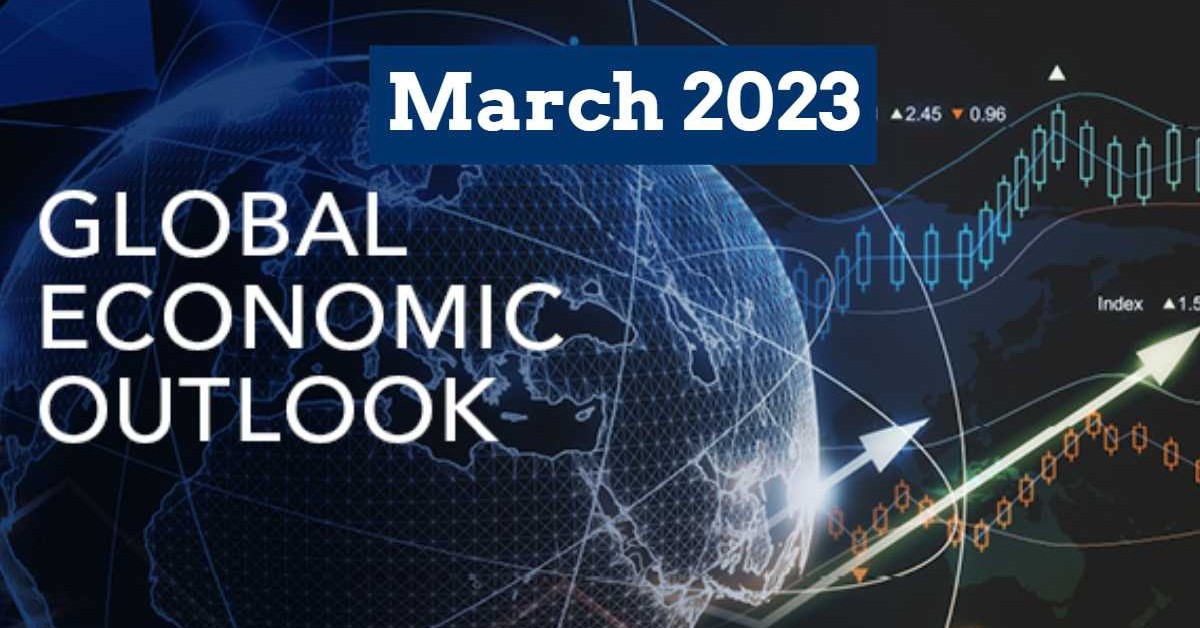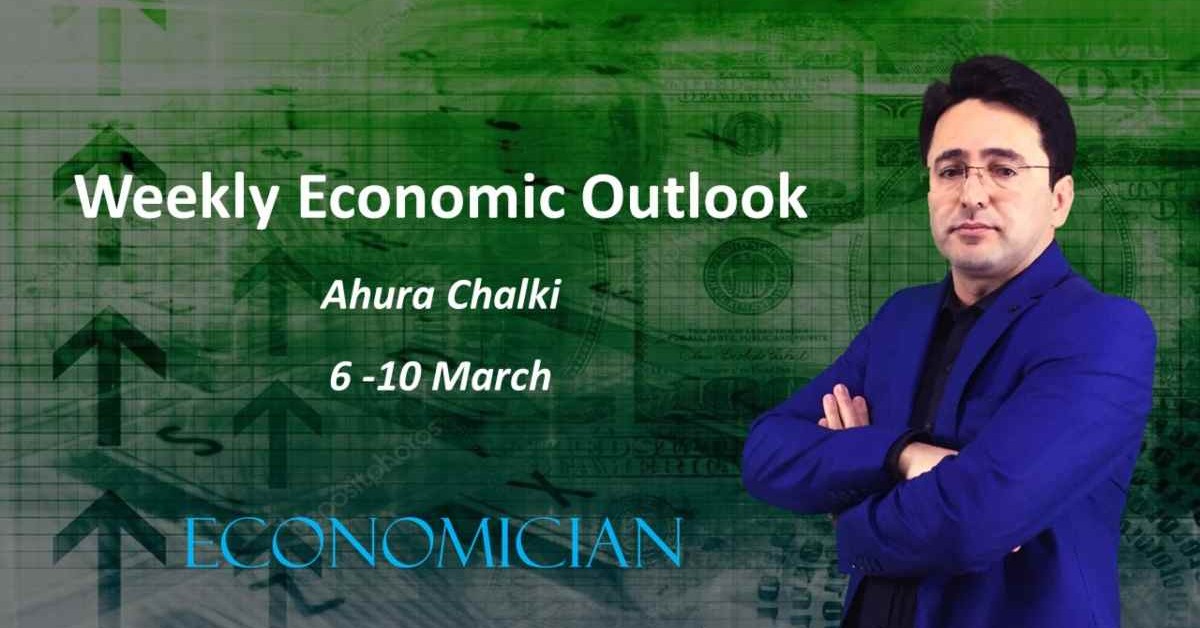A chaotic situation that makes predictions impossible!
July is a significant month, beginning the third quarter and the Second Half of the Year with the Q2 Earnings report. The first half was terrible, the worst H1 since the `70s. SP500 lost more than 21% in this period, which was the most significant loss in five decades compared to H1`s. We already began June while the war in Ukraine is continuing and taking its victims even out of Ukraine, starting from the poor countries with food and energy crises. The first victim was Sri Lanka. Tired of the lack of food and energy, people came to the streets and overthrew the government by occupying the presidential palace. Let us review July and see what we have to expect from the financial markets, noting that the Earnings report will be critical to follow. For earnings reports, you can read more on our website on the other articles.
US Dollar
FED chose to control the inflation between inflation and lower economic growth, and Fed Chair Powell repeatedly said that. FED is going to manage the prices by decreasing the demand. FOMC members believe that with tightening FED policies and financial conditions; as a result, demand will decrease to slow down the price rally. The latest economic data, including retail sale, Labor market numbers, and ISM surveys, show that the US economy is strong enough to handle the pressures, or at least FED believe in that. June NFP numbers with 372K newly created jobs, and the unemployment rate unchanged at 3.6%, confirms the Federal Reserve`s claim to some extent. The next FOMC meeting will be on 27-28 July, and while market participants expect a 75 bps rate hike, USD can hold its strength. Besides the FED meeting, we have to watch CPI & Beige book (13th), Retail Sales & Industrial productions (15th), Building permits (19th), and Home Sales (20th & 26th).
Euro
Euro`s downtrend continued during June and the first days of July as well, as market participants lowered their expectations for more tightening policies by ECB. Eurozone economic data is worrying and has been battered by the war between Russia and Ukraine. Nord Stream one is temporary (At least as Russians say) switched off for repair and maintenance. With these changes and news, Europe`s natural gas benchmark price rose nearly 60% in June. This is while they can not reserve needed gas for winter, and from now many have started to warn about the hard winter in Europe. While Euro is trading under $1.01, bulls technically need to see above $1.05; otherwise, this weakness can continue. A weaker economic outlook than rivals and diversion between the ECB and other major central banks are the main pressures on the common currency. For July, the perspective is still about weaker Euro with a focus on Eurogroup Meetings (11th), EU Economic Forecasts & ZEW Economic Sentiment (12th), EU Industrial Production (13th), Eurozone Trade Balance (15th), Inflation numbers (19th), ECB monetary policy meeting (21st), and PMI`s (22th).
Sterling
British Pound in Jun lost another 3.5% and showed that pressures on the UK economy continue even if it gained 0.25% in May. GDP for the second month in a row was negative. In line with the Eurozone economy, the British economy is also going fast toward a recession. Higher prices pressures and increasing home energy bills increased inflation rapidly in recent months. This higher inflation pushes the ECB to continue its tightening policies, and it is expected to act even more aggressively in the August meeting with a 50 bps rate hike. For now, all economic outlooks are negative and while inflation expectations are also increasing towards 11 and even more, painting a bright future for the pound seems complicated. In July, we have to watch the GDP & Trade balance (13th) closely, BOE Credit Conditions Survey (14th), Labor market statistics (19th), inflation (20th), and Retail Sales (22nd).
Japanese Yen
In June, Yen continued its recent month`s downtrend by another 5.4%, the main reason for BoJ`s monetary and interest rate policies. While the Bank of Japan holds the rates low and continues the bond purchasing program to support the economy, it increases the diversion between the Japanese and other major central banks` policies. Lower interest rates in Japan and rising rates in the United States encourage the carry traders to sell the Yen against the US dollar. Even increasing market risk could not help the Yen`s safe-haven demand to increase its value. Inflation is still low and has very few signs of soft rise, which can be good for the economy that has suffered from low inflation for many years. For July, we expect to see the Yen at the current levels and not many volatility days. In the rest days of July, you have to watch the Tertiary Industry Activity Index (14th), Trade Balance and BoJ meeting (21st), inflation (22nd), Industrial Production, and Retail Sales (29th).
Gold
The gold market is always affected by the global economic situation and the US Dollar value. On the economic front, everything is about inflation and higher bond yields, which is negative news for gold. In contrast, the economic condition is not satisfactory, so people are looking after different investments than stock markets, which is good news for gold. Weaker stock markets usually increase the demand for safe havens, including gold.
On the other hand, with 8.8% expected inflation for this month, the US dollar is supposed to get more demand and support, which has already hit 20-year peaks. More expensive dollars also will put more pressure on the international Gold and Oil market, as they are both trading usually with US dollars.
It is not just about the rate hike; most probably Fed will eventually be stepping up the sale of its bond holdings via a process called quantitative tightening to decrease its balance sheet. It is so risky for the Us economy to use both these tools of reducing balance sheet and rate hikes together.
While quantitative tightening will stop price increases, at the same time will slow down economic growth and increase the recession likelihood.
The next trend in the Gold market probably will start after the FED meeting, depending on decisions and investors` reactions. Looking at the higher inflation and US Dollar value, seeing the gold at this level and even a bit lower is very likely. On the other hand, we have to see a bit more demand for yellow metal safe-haven as other markets` conditions worsen, but none of the bulls and bears, for now, do not have enough strength.
WTI
The oil market is affected by various factors. These days more than anything, the Russia-Ukraine war and growing fears of a global recession are affecting the markets. In June, Oil lost more than 10% of its value, which continued in the first days of July towards $96. The influencing factors in the market are so chaotic that it makes predictions almost impossible. On the one hand, geopolitical tensions reinforce the risk of supply cuts. On the other hand, a global recession can decrease demand, two opposite factors that can move the prices in different directions.
To understand this duality among analysts, look at these forecasts:
Analyst in Goldman Sachs sees Brent futures average price of around $135/b between the second half of 2022 and the first half of 2023.
On the other hand, analysts in Standard Chartered estimate an average Brent price of $103/b this year.
"JPMorgan Chase on July 1 warned that Brent futures could soar to a "stratospheric" $380/b by year-end if Russia decided to take 5 million b/d of its oil production offline in retaliation for mounting sanctions on its oil exports."
We had other analyses from other reputable institutions that estimated the prices to be around $65 by year-end.
Wall Street
In the worst H1 since the 1970s, SP500 lost more than 20%; gold is down almost 5%, and Bitcoin and Ethereum, which many hoped for them, lost more than 60% and 70%, respectively. All these numbers describe the turbulent state of the market.
While after the COVID-19 crisis, we were waiting to see recovery, a myriad of unexpected factors changed everything in the market. These changes were so profound that now we are expecting another global recession.
Supply chain restrictions caused by Covid-19 are not recovered fully, and now we have to add the ongoing war in Ukraine and the sharp growth of inflation that increase the recession fears. These factors together dizzy investors and increase the level of uncertainty. For July, at least until the FED meeting, we can expect almost the same reaction and movements as we had in June.
We should not forget about the earnings season as well. The second-quarter earnings season must be watched closely, not just the results but also the expectations and estimates.


















